“The team dug 10 trenches at the site and their operations resulted in discovery of Parthian and Sassanid residential areas,” Sharifi told the Persian Service of CHN on Friday.
They have unearthed several large pots, ovens, clay spindles, and several other artifacts during their excavations, she added.
“A seal bearing an image of a scorpion also was dug out, which is one of the team’s most important discoveries,” Sharifi explained.
In addition, a cemetery dating back to the early Islamic era has been discovered on the Sassanid stratum of the site. The cemetery contains some unique burial styles.
“No gifts have been put on the graves and the bodies have not been buried facing the qibla; some of them have even been found lying prostrate in the graves,” Sharifi said.
“We have also unearthed a coffin containing a skeleton, while Muslims never buried the dead with coffin,” she added.
The archaeologists surmise that they may have found a cemetery reflecting the transitional stage from the Sassanid era to Islamic period.
The rescue excavations have been halted for lack of necessary findings and the site has been left in the care of only one guard.
MMS/YAW
END
MNA

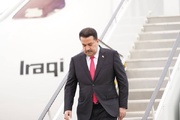
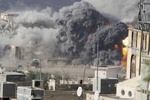
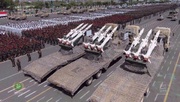

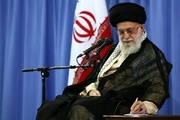


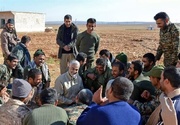
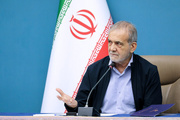







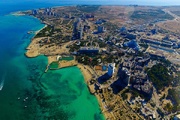
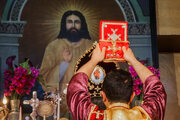

Your Comment